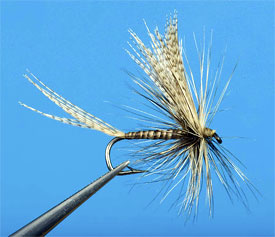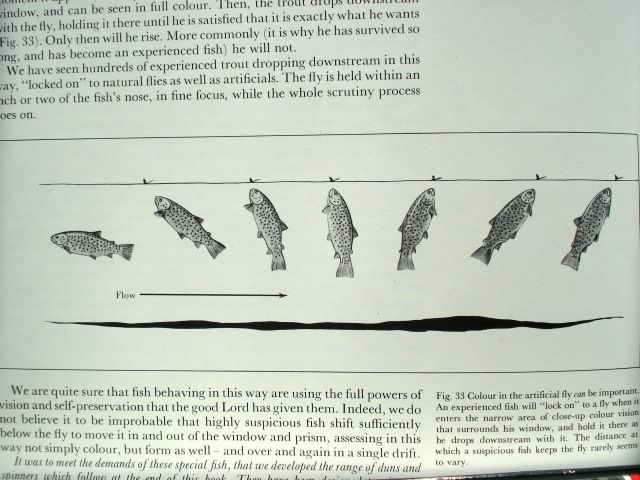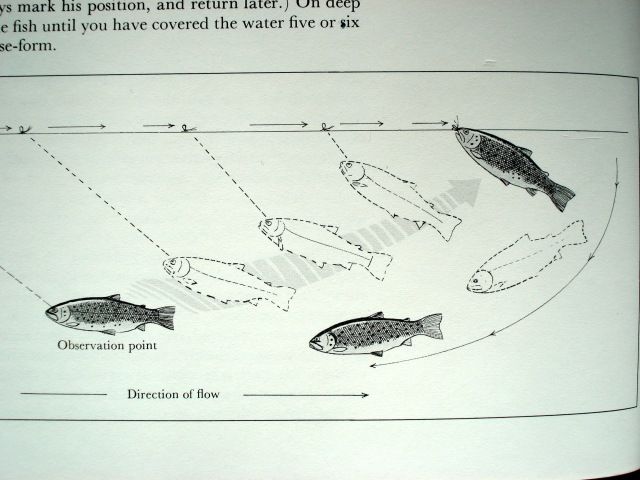I have always wondered why more patterns don't have the wings on a slant. Then I read the late JC's article here about the foot print insects leave on the water while resting on the surface. If I am not mistaken his conclusion was that the fish has already committed or turned from a fly based on the foot print even before the wing comes into their window of vision. I have since only added wings when I want a fly that looks good to me. Interesting though when you read Swishers and Richards they advocated hackless flies. Whatever gets er done.




 Reply With Quote
Reply With Quote






